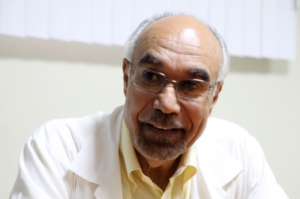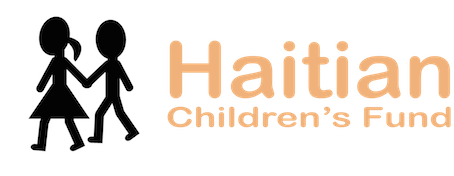
A TOTALLY UNPREPARED HAITI FACES THE COVID-19 THREAT – 86% INFECTION RATE A POSSIBILITY – ACCORDING TO CORNELL/OXFORD SIMULATIONS
In the past, Haiti has provided a handy laboratory for academic studies, The COVID-19 threat, and Haiti’s total unpreparedness, has presented a foundation for several such “worse case” scenarios that could actually become a grim reality.
Cornell and Oxford generated two of the major simulations.
11,180, 000 Haitians infected under one thoughtful study.
Hundreds of thousands could die.
New York will seem like a kid’s birthday party by comparison.
Haitian authorities are working on projections of what could, or will happen over the next weeks, months in Haiti, a nation totally unprepared for the COVID-19 threat. The Haitian expectations are based upon 2 COVID-19 simulations carried out by Oxford University, in the United Kingdom, and Cornell in the States.
In the best, as in the worst scenarios, hundreds of thousands of infections are expected, requiring thousands of hospital beds, that Haiti does not possess. Haiti was already hospital poor when it closed a number of facilities over the past year.
The nation possesses fewer than 6 ventilators, and these probably don’t work.
Port-au-Prince has no morgue. Its only crematorium is not equipped to deal with COVID-19 bodies. Self-distancing is an impossibility in Haiti where the basic thrust for day-to-day survival negates any effective “lock-down.”

The “extreme scenarios” were revealed during an interview, given by Doctor Jean William Pape to Haiti’s Nouvelliste newspaper, April 23, 2020. Pape is Co-Chairman of the Multisectoral Management Committee of Covid-19, created by President Jovenel Moise, in an effort to bring some organized focus on COVID-19 threat.
The virus could claim more lives than were lost in the cataclysmic 2010 earthquake, when 330,000 Haitians died.
Working with one simulation, Doctor Pape predicts an infection rate of 86% of the population, that will see 426,000 people requiring hospitalization; 9,000 beds would be needed.
The peak will be reached in during late May and early June.
If hospital facilities were available for all of these patients, at least 20,000 people are expected to die. Without the 9,000 beds to take care of the influx, we will see an increase of 5 to 6 times this total, perhaps 120,000 or more lives lost.
The other scenario is based on 35% infection in the population, the hospitalization between the end of April and August of 313,000 people, a required availability of 7,500 beds and 5,700 deaths. This model sees the epidemic peaking in June. commented upon the 5,700 deaths is an unrealistically low estimate.

Haiti’s population is also particularly vulnerable since it possesses extremely high percentages of hypertension, diabetes, overweight and challenges created by dietary deficiencies more commonly known as hunger or, in many cases, starvation.
Competition between countries for medical equipment is ruthless, requiring instant action to succeed. Unfortunately, administrative procedures take a long time in Haiti. The $ 18 million medical and sanitary equipment ordered from China has not yet arrived. Transportation can be is criminally expensive.
With the societally expected slow down of paperwork, Haiti will always be behind the power curve, always too little, too late, in this life-or-death competition for limited worldwide resources. If you cannot react instantly, to an offer of material, it will go to another buyer.
That is Haiti’s fate.
The Haitian Children ‘s Fund has contacts, already involved with the acquisition of COVID-19 supplies for the American Government, and governments of several States. This supply chain is available to us, for instant reaction.

THEY NEED YOUR HELP NOW!
TOMORROW MAY BE TOO LATE!
